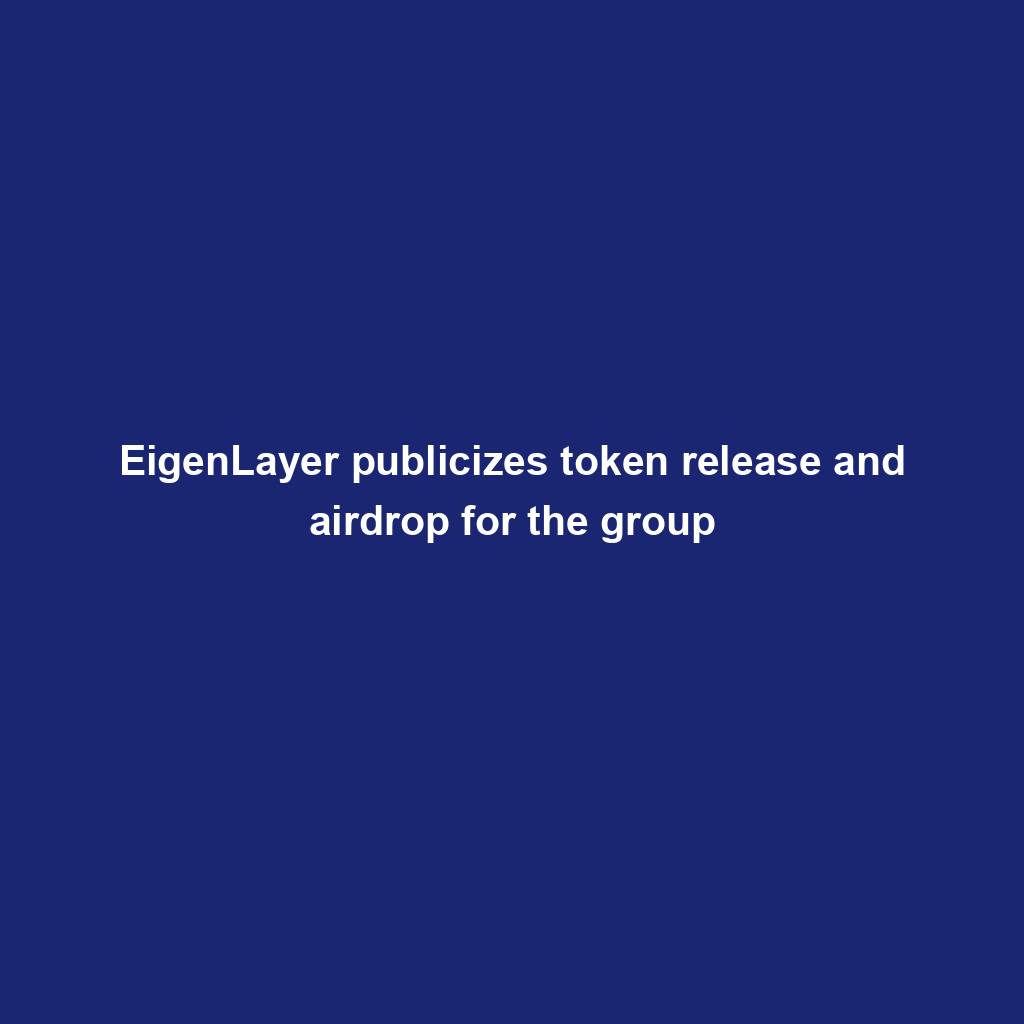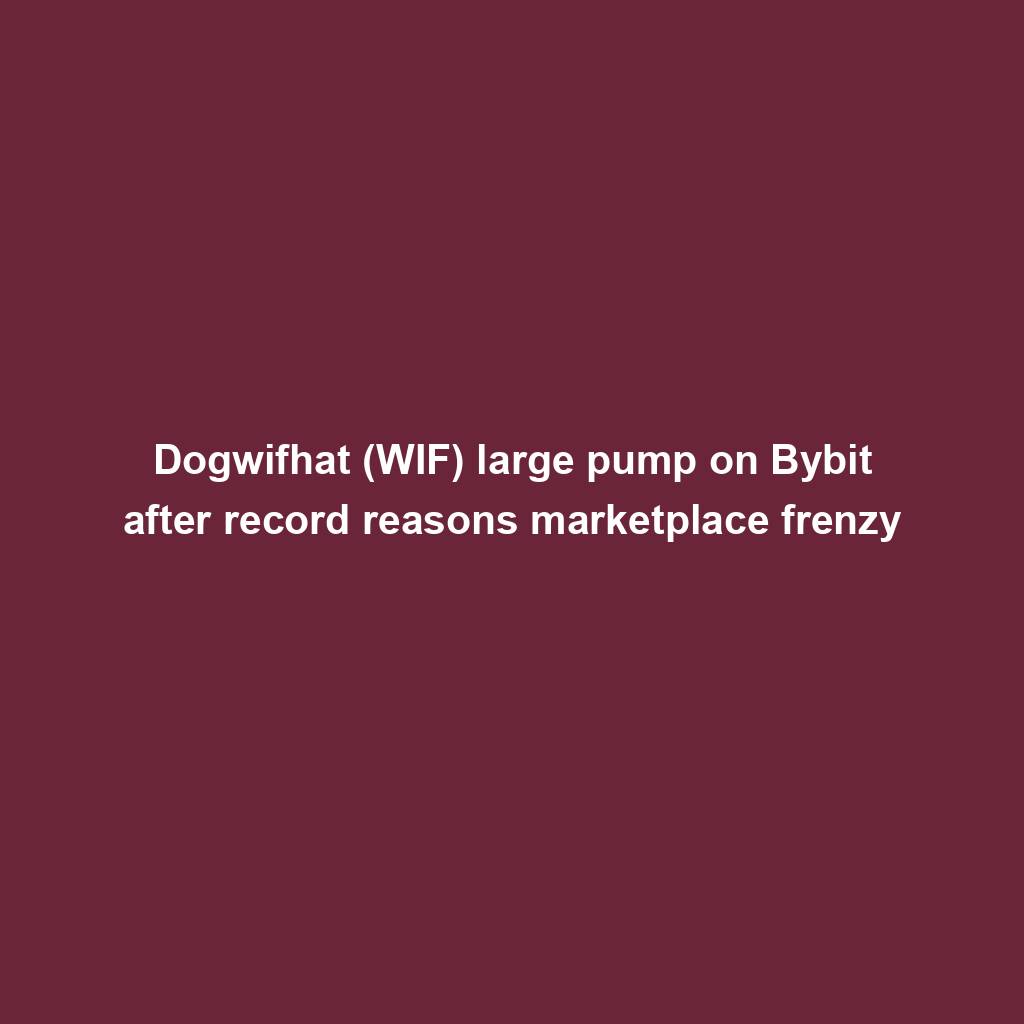How Cross-Border Trade Shapes Small Business Growth and Innovation
Welcome to an exploration of how cross-border trade is revolutionizing small business growth and innovation through the power of distributed ledger technology (DLT). Whether you are a seasoned entrepreneur or a curious individual looking to stay ahead, this topic is relevant to your personal and professional life, offering valuable insights into the future of international trade.
A Brief History of Cross-Border Trade and DLT
Cross-border trade has been a fundamental part of human civilization for centuries, dating back to the ancient Silk Road. However, this exchange of goods and services across national borders has faced inherent challenges due to various factors, such as complex regulations, lack of trust, and outdated bureaucratic systems.
Enter distributed ledger technology, commonly known as blockchain. Developed as the backbone of cryptocurrencies like Bitcoin, blockchain’s potential extends far beyond digital currencies. It offers a transparent, secure, and decentralized way to record and validate transactions, mitigating many of the existing challenges in cross-border trade.
The Advantages of DLT in Cross-Border Trade
DLT brings several advantages to the table, transforming the landscape of international commerce. Firstly, it enhances trust and transparency by providing an immutable ledger that can be accessed by all participants in a trade network. This reduces the risk of fraud and promotes fairer business practices.
Secondly, DLT enables faster, more efficient transactions. Through the use of smart contracts, which are self-executing agreements stored on the blockchain, cross-border payments and the associated documentation can be automated, reducing manual errors and eliminating the need for intermediaries.
Furthermore, DLT reduces costs by eliminating the need for middlemen and streamlining administrative processes. Small businesses, in particular, benefit from reduced overheads, enabling them to compete on a global scale.
Real-World Applications
The applications of DLT in cross-border trade are vast and extend to various sectors. Let’s explore some real-world examples:
- E-Commerce: Online marketplaces that leverage blockchain technology can simplify cross-border transactions, ensuring trust between buyers and sellers, and enabling direct peer-to-peer trade.
- Supply Chain Management: By utilizing DLT, supply chains gain transparency, enabling businesses and consumers to trace the origin and authenticity of products. This is especially valuable in industries like food and pharmaceuticals.
- Intellectual Property Rights: DLT can help protect intellectual property by creating secure and immutable records of ownership and usage rights. This enhances the confidence of artists, inventors, and content creators in cross-border transactions.
The Future of Cross-Border Trade and DLT
The future of cross-border trade holds immense potential with the widespread adoption of DLT. As blockchain technology matures and regulatory frameworks catch up, we can expect to see:
- Global Trade Networks: DLT can facilitate the creation of global trade networks where small businesses can connect with suppliers, distributors, and customers worldwide, fostering innovation and growth.
- Enhanced Data Security: DLT’s decentralized nature reduces the vulnerability to cyber attacks and data breaches, ensuring more secure cross-border transactions.
- Efficient Border Controls: DLT can streamline customs procedures by enabling real-time tracking of goods, reducing delays, and enhancing overall efficiency in cross-border trade.
Frequently Asked Questions
Q: What is distributed ledger technology?
A: Distributed ledger technology (DLT) is a decentralized system that records and verifies transactions across multiple computers, eliminating the need for a central authority. It provides transparency, security, and efficiency in various industries, including cross-border trade.
Q: How does DLT benefit small businesses?
A: DLT allows small businesses to compete on a global scale by reducing costs, enhancing trust, and streamlining administrative processes. It enables faster transactions, transparency in supply chains, and improved protection of intellectual property rights.
Q: Can DLT eliminate intermediaries in cross-border trade?
A: Yes, DLT has the potential to eliminate intermediaries like banks, customs brokers, and legal institutions by enabling direct peer-to-peer transactions and automating processes through smart contracts.
Q: Is DLT secure?
A: Yes, DLT provides enhanced data security compared to traditional centralized systems. The decentralized nature of DLT makes it more resilient to cyber attacks and fraud.
Q: When will DLT be widely adopted in cross-border trade?
A: The adoption of DLT in cross-border trade is already underway, but its widespread implementation will depend on regulatory frameworks, scalability, and industry collaboration. It may take several years for full-scale adoption.
Thank you for joining us on this exploration of how cross-border trade shapes small business growth and innovation through distributed ledger technology. Feel free to share your thoughts and experiences in the comments below, and let’s continue this exciting conversation.
More in this category ...
Ripple companions with SBI Group and HashKey DX for XRPL answers in Japan

April sees $25M in exploits and scams, marking historic low ― Certik

MSTR, COIN, RIOT and different crypto shares down as Bitcoin dips

EigenLayer publicizes token release and airdrop for the group

VeloxCon 2024: Innovation in knowledge control

Successful Beta Service release of SOMESING, ‘My Hand-Carry Studio Karaoke App’

Dogwifhat (WIF) large pump on Bybit after record reasons marketplace frenzy

How fintech innovation is riding virtual transformation for communities around the globe

Wasabi Wallet developer bars U.S. customers amidst regulatory considerations

Analyst Foresees Peak In Late 2025

Solo Bitcoin miner wins the three.125 BTC lottery, fixing legitimate block

Ace Exchange Suspects Should Get 20-Year Prison Sentences: Prosecutors

Google Cloud's Web3 portal release sparks debate in crypto trade

Bitcoin Primed For $77,000 Surge

Bitbot’s twelfth presale level nears its finish after elevating $2.87 million

PANDA and MEW bullish momentum cool off: traders shift to new altcoin

Commerce technique: Ecommerce is useless, lengthy are living ecommerce

Republic First Bank closed by way of US regulators — crypto neighborhood reacts

China’s former CBDC leader is beneath executive investigation

Bigger isn’t all the time higher: How hybrid Computational Intelligence development permits smaller language fashions

Pantera Capital buys extra Solana (SOL) from FTX

Successful Beta Service release of SOMESING, ‘My Hand-Carry Studio Karaoke App’

SEC sues Bitcoin miner Geosyn Mining for fraud; Bitbot presale nears $3M

Business procedure reengineering (BPR) examples

85% Of Altcoins In “Opportunity Zone,” Santiment Reveals

Sam Altman’s Worldcoin eyeing PayPal and OpenAI partnerships

Artificial Intelligence transforms the IT strengthen enjoy

Franklin Templeton tokenizes $380M fund on Polygon and Stellar for P2P transfers

Meta’s letting Xbox, Lenovo, and Asus construct new Quest metaverse {hardware}

Shiba Inu (SHIB) unveils bold Shibarium plans as Kangamoon steals the display
